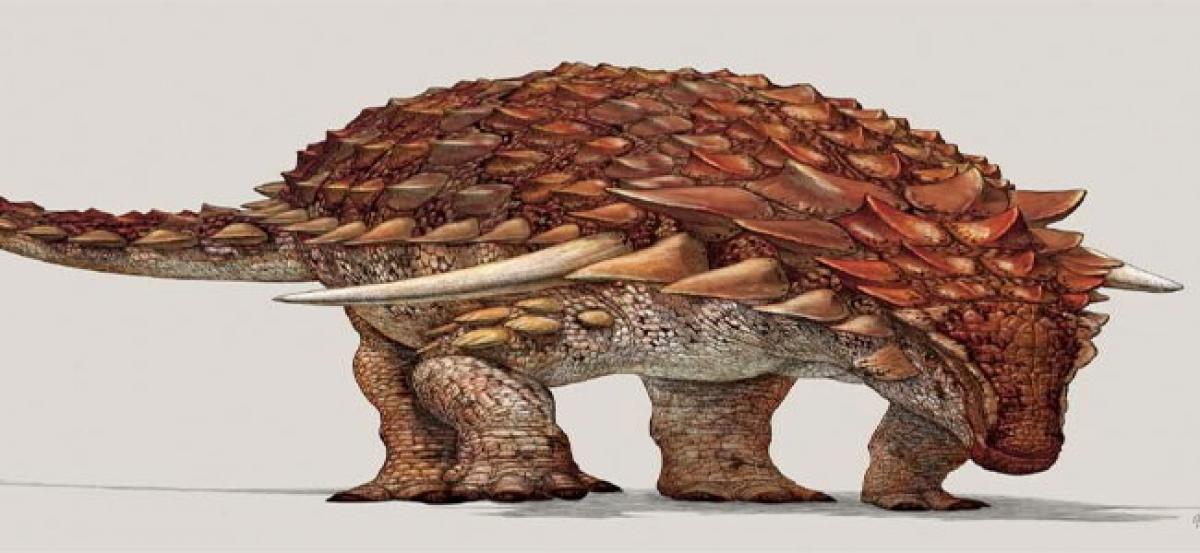Live
- Sonali Bendre reveals why she likes ‘black outfits’
- Gold rates in Hyderabad today surges, check the rates on 15 November, 2024
- Gold rates in Vijayawada today surges, check the rates on 15 November, 2024
- Kartika Purnima 2024: A Festival of Spiritual Significance and Cultural Celebration Across India
- Children’s Rights Day celebrated grandly
- YSRCP forms spl teams to support social media activists
- AI-driven dataset to reveal new insights around diabetes
- Nurturing curiosity, empathy & innovation in children
- Vizianagaram MLC bypoll cancelled
- Governor Abdul Nazeer pays tributes to Pandit Nehru









